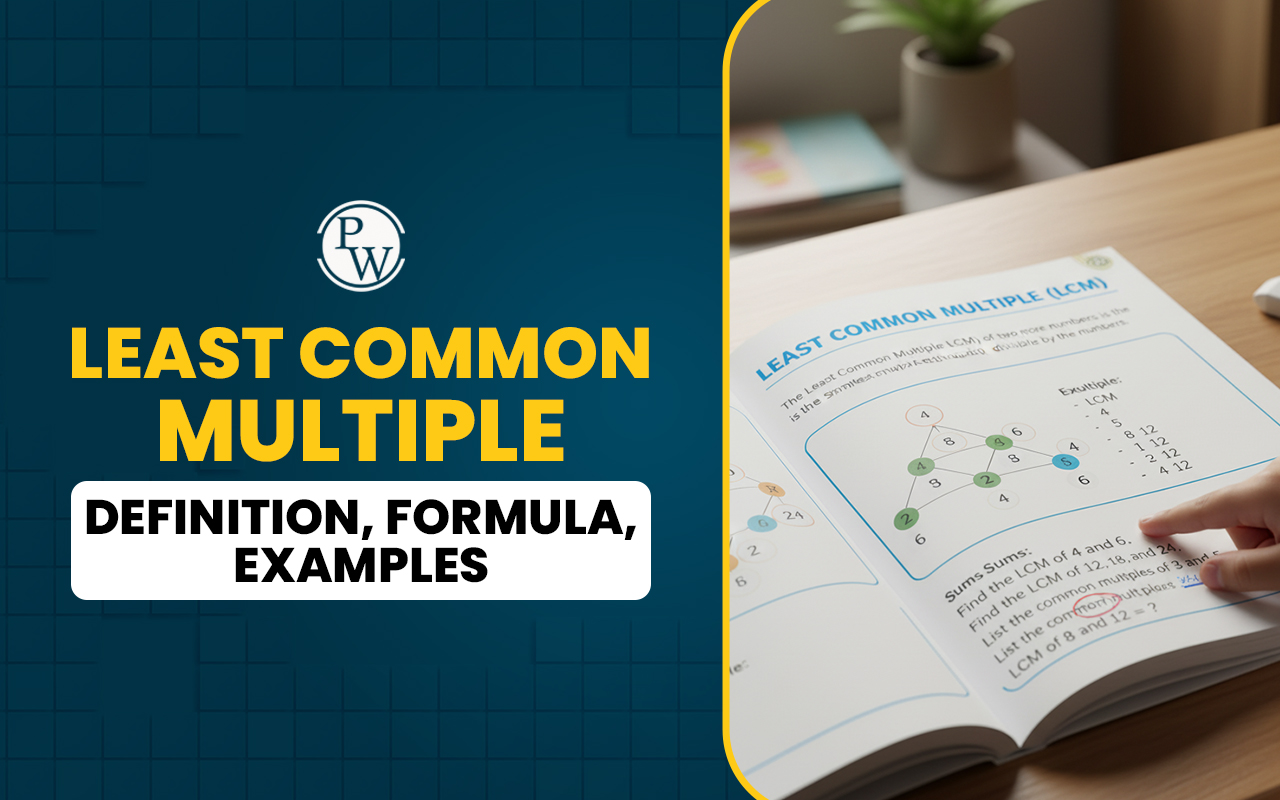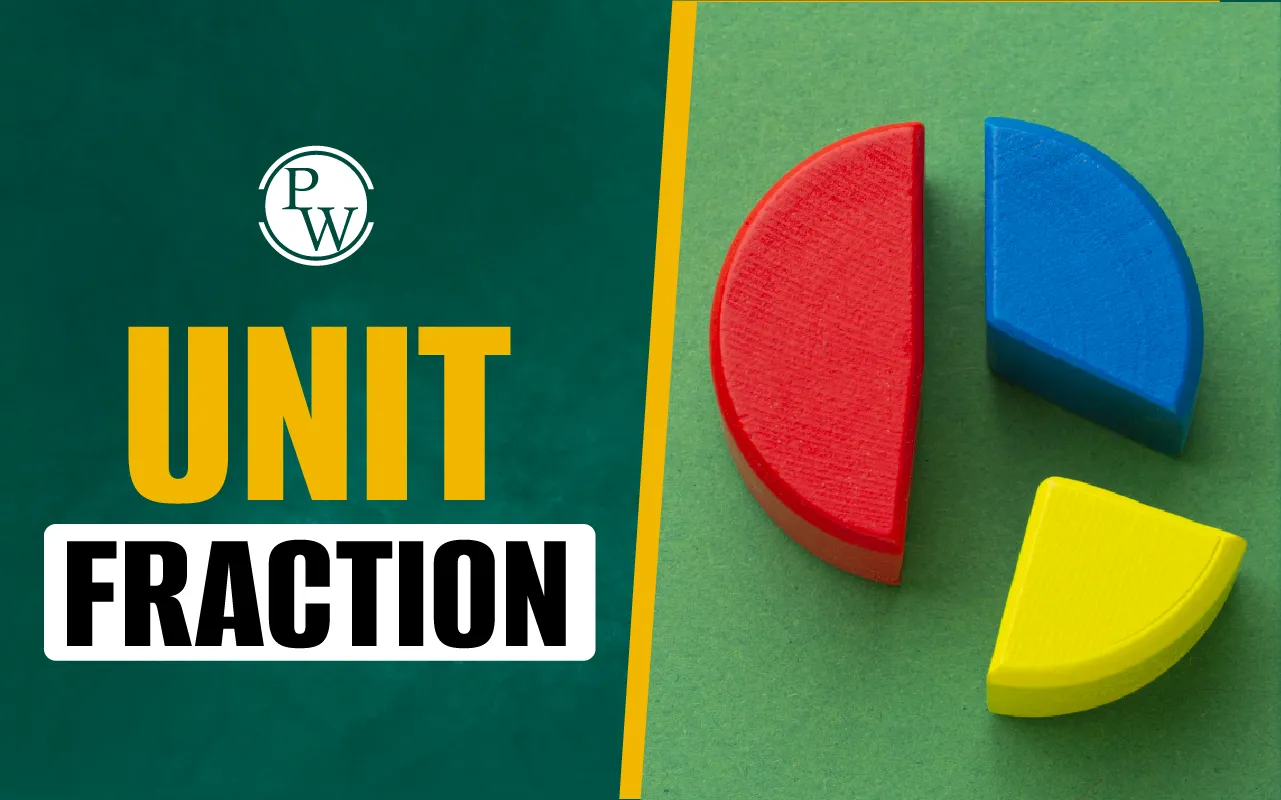
Have you ever wondered how we show action and energy in a sentence? Action verbs are the key to describing what someone or something is doing. These verbs communicate movement, thought, or behavior, making them essential for constructing meaningful sentences.
Whether it's jumping, thinking, or writing, action verbs bring life to our sentences. Let's explore what is action verb, why it's important, and learn with fun examples.
What Are Action Verbs?
An action verb definition is simple: it is a word that tells what action the subject of the sentence is doing. It describes a specific action, whether it’s a physical activity (like run or jump) or a mental activity (like think or decide).
Examples:
Physical Action: She runs every morning.
Mental Action: He understands the concept well.Action Verb Definition
An action verb represents the action performed by the subject of a sentence. According to the Merriam-Webster Dictionary , it is defined as “a verb that expresses action.” Examples include:- Write in “She writes letters to her friends.”
- Analyze in “The scientist analyzes data carefully.”
These examples help us understand how action verbs in English work in real sentences.
Key Characteristics of Action Verbs
Here, you will find the essential traits that define action verbs and explain their role in sentence structure: Denotes Action : Action verbs show exactly what the subject is doing. For instance:- Run in: “She runs every morning.”
- Build in : “They build sandcastles at the beach.”
- Jump in: “The cat jumps onto the table” (action verb) versus is in “The cat is playful” (linking verb).
- Read in: “He reads a new book every week.”
- Write in: “She writes articles for the local newspaper.”
How to Identify Action Verbs in a Sentence
Want to find the action verb in a sentence? Just ask yourself: "What is the subject doing?" If the word shows an activity or movement, it’s an action verb.
Examples:
-
The dog barks loudly. (What is the dog doing? Barking!)
-
She solves the puzzle. (What is she doing? Solving!)
-
They play outside. (What are they doing? Playing!)
-
These are great action verb examples for practice.
Types of Action Verbs
Action verbs are divided into two types based on whether they need a direct object to complete their meaning: Transitive Action Verbs and Intransitive Action Verbs . Here's an explanation of each, with examples for clarity:1. Transitive Action Verbs
Transitive verbs are action verbs that require a direct object to complete their meaning. The action of the verb is transferred to the object, which answers the question “What?” or “Whom?”
Examples:
-
She painted a beautiful picture. (What did she paint? A beautiful picture.)
-
The teacher explained the lesson. (What did the teacher explain? The lesson.)
-
He kicked the ball. (What did he kick? The ball.)
Characteristics:
-
Needs a direct object to make sense.
-
Commonly used in sentences that show what the subject is acting upon.
2. Intransitive Action Verbs
Intransitive verbs are action verbs that do not require a direct object. The action ends with the subject, and the meaning is complete without an object.
Examples:
-
The children laughed loudly. (No object needed.)
-
The birds flew away. (No object needed.)
-
He sleeps peacefully. (No object needed.)
Characteristics:
-
Does not take a direct object.
-
Often followed by adverbs, prepositions, or adverbial phrases to give more detail.
Comparison Between Transitive and Intransitive Verbs
|
Aspect |
Transitive Verbs |
Intransitive Verbs |
|
Requires Object |
Yes, needs a direct object. |
No, does not need a direct object. |
|
Example |
He wrote a letter. |
He laughed loudly. |
|
Usage |
The action is transferred to the object. |
The action ends with the subject. |
|
Common Mistake |
Leaving out the object. |
Adding an unnecessary object. |
Why Do We Use Action Verbs?
Now that you know what is action verb, let’s understand why we use them:
-
They make writing interesting.
-
They tell us what’s happening.
-
They help us express actions clearly.
Whether it’s a story or a classroom activity, using the right action verb examples can make your sentences stronger.
Everyday Action Verbs for Kids
Below are the most common action verbs that describe daily activities kids often do or observe. Use this list to explore and understand action words better!| Action Verbs | Action Verbs | Action Verbs | Action Verbs |
|---|
| laugh | play | swimming | crawl |
| drive | fight | think | crying |
| climb | read | ride | cook |
| walk | answering | sleep | bath |
| singing | boating | baked | listen |
| sit-down | roar | open | dance |
| push | wait | throw | jump |
| write | dusting | kneading | gardening |
| call | cut | eating | worship |
| painting | chew | snore | helping |
| crafting | washing | stand | recording |
| repairing | investigate | ordered | share |
| measured | fixing | dreaming | skip |
Action Verbs Worksheet
Read each sentence carefully. Identify the action verb(s) that describe what the subject is doing. Write your answers in the space provided.- The carpenter built a sturdy table for the dining room. Action Verb: __________
- Emma enjoyed the movie and shared her thoughts with her friends. Action Verb(s): __________
- The baby cried for hours but finally fell asleep. Action Verb(s): __________
- Jack studied diligently for his math exam. Action Verb: __________
- They planned a vacation to the mountains during the summer. Action Verb: __________
- The children explored the forest and discovered a hidden trail. Action Verb(s): __________
- The scientist analyzes data every day to find solutions to global issues. Action Verb: __________
- Sarah sang a beautiful song at the talent show. Action Verb: __________
- The football team practices for three hours every afternoon. Action Verb: __________
- He improved his painting skills by practicing every weekend. Action Verb: __________
Action Verbs Challenging Questions
Write three sentences of your own. Underline the action verbs and indicate whether they are transitive (needs a direct object) or intransitive (does not need a direct object).What Is the Difference Between Regular and Irregular Action Verbs?
The difference between regular and irregular action verbs lies in how they form their past tense and past participle. Regular verbs follow consistent rules, typically adding -ed or -d to the base form to indicate the past tense. For example, walk becomes walked, and paint becomes painted. This predictable pattern makes regular verbs easier to learn and apply. Irregular verbs , however, do not follow these standard rules. Instead, they undergo unique changes in spelling or form, which must be memorized. For instance, go becomes went, and run becomes ran. Some irregular verbs retain the same form across all tenses, such as put (present), put (past), and put (past participle).Action Verbs vs. Other Verbs: What’s the Difference?
Some verbs just describe the subject, like “is” or “was.” These are linking verbs. But action verbs tell us what the subject does.
Compare:
-
She is happy. (Linking verb)
-
She smiles brightly. (Action verb!)
That’s the magic of action verbs in English they show what’s really happening. Join Online Kids Tuition Class Now !
| Related Articles | |
| Auxiliary Verbs | Helping Verbs |
| Phrasal Verbs | Gerunds |
| Main Verbs | Possessive Adjectives |










